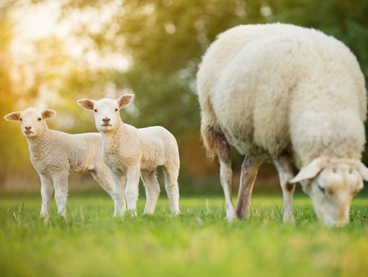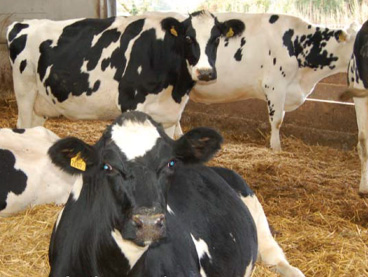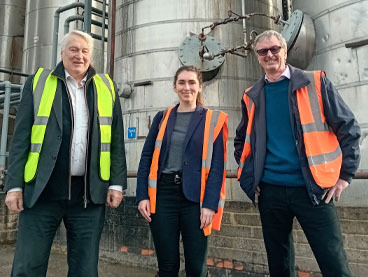If precision is key to cost-effective milk production, understanding the true energy values of fats will underpin building a successful diet for healthy, fertile dairy cows.
Understanding true energy values of fats crucial to efficient rations
If precision is key to cost-effective milk production, understanding the true energy values of fats will underpin building a successful diet for healthy, fertile dairy cows.
Dairy farmers need to look beyond just forage analysis, and also take a closer look at oils and fats if an accurate assessment of the energy content of feeds is to be achieved.
“Of course, when formulating a diet, one of the key building blocks is a forage analysis and dairy farmers understand quality will vary and will plan to take this into account,” explains Joe Magadi, technical manager at UFAC-UK, the manufacturer of energy, protein and omega 3 supplements.
“Unfortunately, many will not consider the same targeted approach to fats, assuming all oil and fats will provide similar energy content when looking to build a diet. Nothing could be further from the truth,” he adds.
Each fatty acid has a unique role in the animal, so it is important to ensure the right fatty acids are fed, in the correct balance, to meet the cow’s needs at different stages of lactation.
While research from the US has reaffirmed the need to ensure cows are receiving a balanced fatty acid supply, adequate in C18:1, C18:2 and C18:3, some ignore the huge role essential omega 3 fatty acids, EPA and DHA, have in supporting the immune function and fertility during the transition period and early lactation period.
Only by considering all of the fatty acids, and understanding how the balance in requirements will be affected by the stage of lactation, is it possible to optimise performance and health with tailored supplements, while also controlling feed costs.
Mr Magadi adds, “While the gross energy of fats and oils is constant at 39MJ/kgDM, independent studies highlight several factors that will determine the overall Metabolisable Energy (ME) that is actually available to the cow.”

“Selenium and fatty acids are two beneficial ingredients in human diets, so it seemed obvious to put them together,” says Rebecca. “The growth rate of algae is phenomenal, so it’s a sustainable source of DHA Omega-3. The health benefits for humans are huge; consuming the omega-3 in egg form, as opposed to tablet or supplement form, means more can be gained because the human body can break it down and store it in human tissue.”
Working with its own nutritionists and the Humphrey’s team, St Ewe created different feed blends on site, trialling different levels of Selenium and algae until they got the formulation right. It was Humphrey Feeds & Pullets that had put Rebecca in touch with UFAC-UK, who were able to supply the algae via the algi18dha product.
Martin Humphrey, sales director at Humphrey Feeds & Pullets explains, “It is always a challenging yet positive experience to work with Rebecca from St Ewe Eggs, as she is determined to create an egg brand positively differentiated by enhancements to her eggs.
“We worked closely with UFAC-UK, and their team has been particularly helpful in creating a specific premix which meets the nutritional objectives of St Ewe’s Super Eggs.”
Now confident with their feed formulation following these trials, Rebecca is keen to further develop the new ‘Super Eggs’ range. So far, of the 189,000 laying hens, 29,000 are on the Super Egg diet, producing approximately 152,000 Super Eggs® per week, out of the 1 million eggs packed weekly.
Although still in its infancy, the Super Egg brand is gaining traction with the focus very much on the immune and antioxidant support benefits, and also links to improving heart health through DHA Omega-3.
The Super Eggs® are sent off for nutritional testing every 12 weeks to ensure St Ewe’s claims are correct, in that a serving of two Super Eggs® provides the consumer with 75% reference intake (RI) of Selenium and 65% of DHA omega 3.
This testing also helps manage feeding in different seasons, ensuring the eggs still contain the required nutrients throughout summer and winter. St Ewe Eggs will work with Humphreys and UFAC-UK to develop the range and adapt formulations as required.
At present, St Ewe is supplying 100 Tesco supermarket outlets across the UK, as well as to smaller retailers locally in Cornwall and via a UK food company supplying to farm shops across the country.
Although costing more to produce, margins are similar to other eggs, if not slightly more, as they sell for more by promoting the health benefits. However, St Ewe want to help improve the public’s health, and want to make Super Eggs® accessible and affordable for all.


 Back to News
Back to News 



